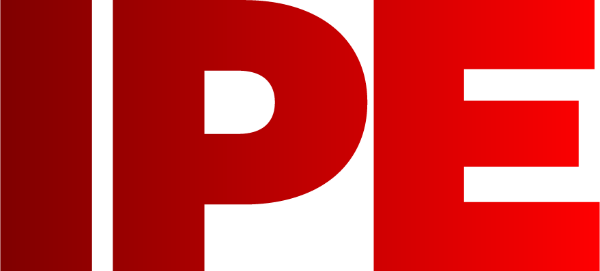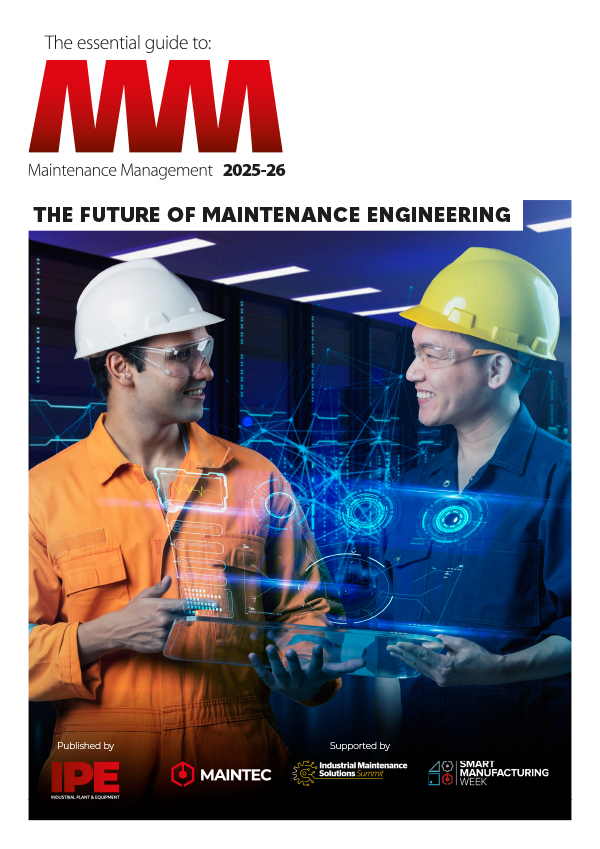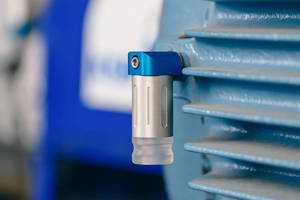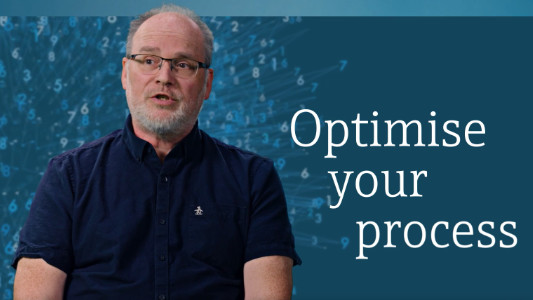

|
Edward Lowton
Editor |


|
| Home> | Efficient Maintenance | >Software | >The wireless dream |
The wireless dream
15 October 2024
Companies taking their first steps on their wireless condition monitoring journey should several key considerations into account including data analysis and cybersecurity, explains Keith Gallant

AS YOU slowly sip on your favourite cocktail with your feet resting on soft sand, overlooking a glistening sea, a chime sounds on your phone. You have heard this one before but this time it sounds so delicate and unimportant, maybe you’ve been seduced by your surroundings. Another chime rings followed by many others and the tranquillity of this setting fades quickly.
As you check your phone you notice all of the notifications are from your new wireless vibration app. A system you had installed on critical equipment just months before you went on your Caribbean dream holiday.
First steps in wireless condition monitoring
Sound familiar? If you have embarked on the wireless condition monitoring journey already then you’ve likely had a similar experience. Novel at first, but that novelty quickly wears off when you have your third alarm set and the ice from your cocktail is melting.
However, like many others you may not even have gotten this far. In fact, you can only just about get your work emails securely on holiday and they are much easier to ignore. You’d be lucky to get any data out through the cybersecurity boffins to any cloud no matter how silver lined it supposedly is.
So there are multiple challenges to get to grips with when entering into the IoT Condition Monitoring world, the above being just two examples, together with problems such as frequency range, noise, connectivity and the list for consideration goes on.
Two common challenges
There are two problems which are particularly common: 1. What to do with your data? How do you rationalise it? Who will analyse it? And 2. cybersecurity - a growing concern for businesses of all sizes.
Vibration analysts can rationalise data in a number of ways, e.g. in terms of overall vibration, impacting levels, harmonic families and more. These techniques take knowledge, expertise and time to learn and prove. They are not binary analysis that can be performed within analytics platforms at large, that day may not be far away, however it is not here yet.
You need the analysis and the human to do that investigative enquiring approach, understand the problem of which your system is alarming and assess the severity and risk it presents to your plant. Wouldn’t this more succinct accurate alarm be more useful than many parameters hitting their threshold values without an in depth understanding of what is happening?
Overcoming cybersecurity hurdles
The issue of connecting your system into or through the cloud is off ever growing concern for IT professionals. Their reasoning is sound, we see a harmless independent black box that just connects to the cloud platform. They see a vulnerability in their connectivity into the site infrastructure, something that can be exploited and control lost.
Something as simple as a wireless printer can allow hackers complete control over a network. Each of your electronic devices has vulnerabilities that maybe small but are a backdoor to open the wider capability of the device.
Cybersecurity experts are constantly tearing and looking for these vulnerabilities on popular devices and inherently these back doors are valuable as secrets for hackers. Therefore, we get updates as and when they come to light but in the main, the security is always at risk.
Apply that now to lesser-known devices, whose popularity is not mainstream and vulnerabilities are not being tested by a number of experts. Suddenly a benign device is an attractive proposition to your criminal hacker, simply as a way into the wider network.
Making the dream a reality
You are not alone in your IoT dream of relaxing on the beach while machines are being monitored with less worry. The challenges are there, but they will take some careful consideration and planning in order to join Industry 4.0.
Just remember, there was no sudden Industrial Revolution, it was achieved though the gradual adoption of new technologies. The term might have being coined by those who missed the opportunity and thought of it as a revolution they never saw coming.
Keith Gallant is chief technical officer at Uie
For more information:
- WEG to produce artificial ventilators for COVID-19 patients
- Laying the foundations for smart energy management
- Maintenance matters
- Robust drive technology for extreme industrial environments
- Delivering seamless e-Commerce print-on-demand solutions
- Intelligence squared
- Updated guidance on food factory hygiene
- Price pressure makes automation attractive in food industry
- From skills shortage to tech triumph
- PCMC opens Packaging Innovation Center


















